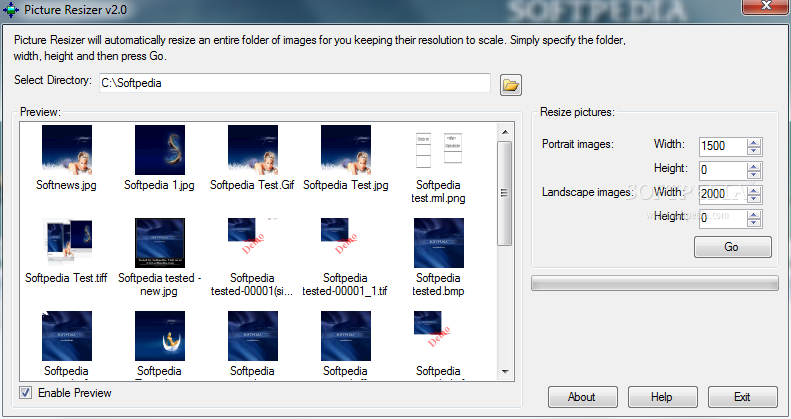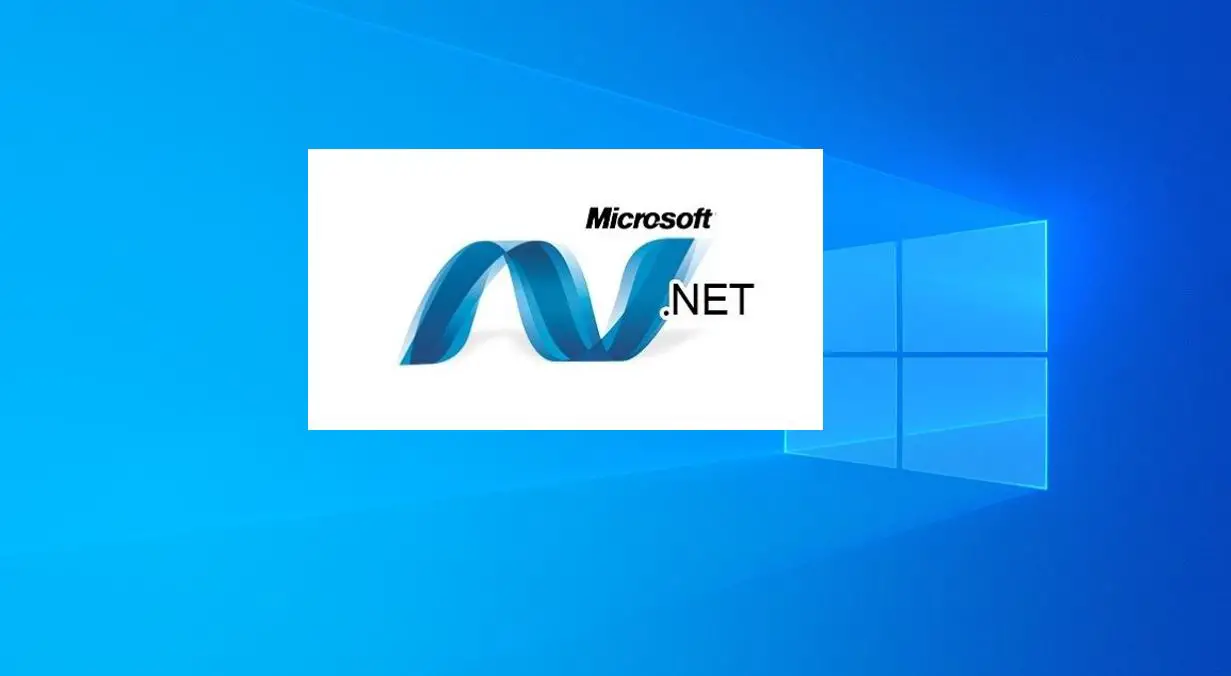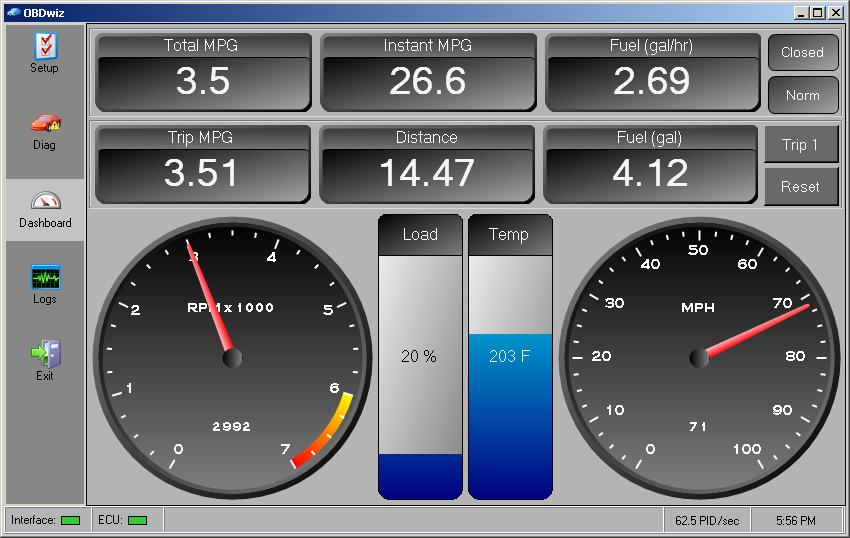

- #WINDOWS 7 HOW TO INSTALL .NET FRAMEWORK 2.0 SOFTWARE#
- #WINDOWS 7 HOW TO INSTALL .NET FRAMEWORK 2.0 PC#
- #WINDOWS 7 HOW TO INSTALL .NET FRAMEWORK 2.0 WINDOWS 8#
NET framework (older than v4.5) and your PC is located.
#WINDOWS 7 HOW TO INSTALL .NET FRAMEWORK 2.0 WINDOWS 8#
NET Framework 3.5 on demand), or by enabling the. If you have tried to install an application on Windows 8 machine that requires an older version of. and how you can fix the error '.Net framework 3.5 includes( NET 2.0 and 3.0). NET Framework 3.5 (that is, by installing the. In this video I will show you how to install. There are two ways you can do this: by installing or running an application that requires the. NET Framework 3.5 on Windows 8, you must enable version 3.5 on your computer.

NET Framework 3.5 on Windows 8 "To run applications that require the. Once triggered, the installation should proceed as if it was initiated from the UI, DISM, or Powershell." an application shim in Windows 8 intercepts the attempt and invokes the installation of the new. Net 2.0, 3.0, or 3.5 using a redistributable package available for download from Microsoft. Net Framework 3.5 "You attempt to install. Net 4.5 (Slide 8) "Preferred: Your setup tries to install 3.5 MSI. NET Framework available for download Version Release date End of support.NET Framework 4. Not sure what to download See recommended downloads for the latest version of. NET for building any type of app that runs on Windows. Net Framework, on demand installation is referenced as the preferred method for maintaning compatibility in the below documents: NET Framework.NET Framework is a Windows-only version of. If there are deployment concerns, the user is directed to the Server Management tool, where it can be enabled manually.īeyond the formal guidance for installation of the. net framework in a lower version of Windows, is shimmed and replaced by the dialog listed below - as long as there are no other deployment concerns (media, permissions, group policy, etc.) The feature is installed and everyone is happy.

The bootstrapper, which would normally install the. Net Framework is to call the bootstrapper and leave the rest to it. Per the deployment guide, the reccomended installation method for chaining the. However, I maintain that actions like adding and removing roles and features should not be performed silently as the result of an application installation. For example, compare the MSDN documentation on Installation of Windows Features for Windows Server 2012 which hilights Install-WindowsFeature for administrative installation of features and only mentions DISM briefly to the equivelent documentation for 2008 R2. I didn't mean to suggest that DISM is going to dissappear, only that references to DISM are being replaced with references to powershell and that DISM is a purely administrative tool. The long answer: Use the deployment guide to determine how to package your application with the.
#WINDOWS 7 HOW TO INSTALL .NET FRAMEWORK 2.0 SOFTWARE#
System admins may wish to deploy the software in different ways, make sure you are not limiting yourself by making assumptions. Net Framework installation bootstrapper and be done with it. The short answer: It is not your job as an ISV to manage installation of the.


 0 kommentar(er)
0 kommentar(er)
